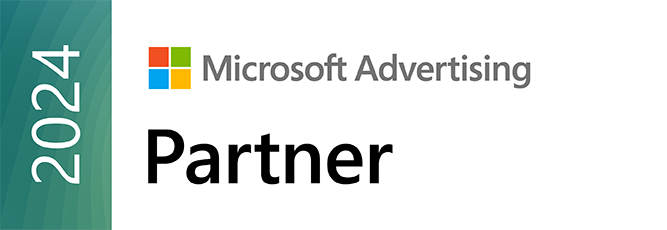In B2B event and association marketing, sustainability matters more than short bursts of visibility. The 85% rule in digital marketing shows how balanced effort produces stronger long-term results than overextending resources in the chase for virality.
Borrowed from athletics, this principle suggests consistent effort at 85% capacity achieves better outcomes than constant overexertion. For associations and event marketers, it means building sustainable engagement, improving ROI, and strengthening digital presence over time.
1. The Origin of the 85% rule in digital marketing
Olympic sprinter Carl Lewis won nine gold medals by maintaining consistent performance rather than exhausting himself from the start. His balance of effort and focus made him successful.
Digital marketing works the same way: steady, measured activity creates more lasting impact than campaigns that overreach.
2. Applying the 85% rule in digital marketing
The 85% rule in digital marketing provides a framework for sustainable strategies:
Focused channel selection: Invest in the digital channels where your audience is most active. Quality engagement outperforms scattered reach.
Content quality over volume: Prioritise valuable, relevant content. Strong storytelling and alignment with your audience build credibility.
Balanced campaign intensity: Avoid chasing every new trend. Balance innovation with consistency.
Agility with data: Use analytics to refine strategies in real time.
Resource management: Know when to pause or reallocate to maintain impact.
3. Why associations benefit from the 85% rule
Associations rely on digital marketing to engage members, attract new audiences, and grow revenue. Too many campaigns can overwhelm, while too little communication risks invisibility.
By applying the 85% rule in digital marketing, associations create steady communication that is:
Engaging without overwhelming
Relevant to member needs
Sustainable for long-term growth
This approach improves retention, encourages renewals, and strengthens visibility.
4. SEO for event marketing with the 85% rule
SEO for event marketing requires gradual improvement rather than short-term spikes. The 85% principle means:
Prioritising keyword-rich, high-quality content
Structuring blogs and case studies with clear metadata
Building backlinks at a steady pace
Refreshing existing content instead of overproducing new pieces
This approach improves rankings while reducing wasted effort.
5. LinkedIn strategies for B2B lead generation
LinkedIn is a key platform for B2B lead generation and association engagement, but too many updates reduce effectiveness.
Applying the 85% principle means:
Posting valuable insights on a consistent schedule
Encouraging discussion rather than over-promotion
Positioning leaders as industry voices
Monitoring engagement to refine activity
This measured rhythm builds credibility and trust.
6. The takeaway for sustainable digital marketing growth
The 85% rule in digital marketing offers associations and B2B event marketers a practical way to balance effort and results. Rather than chasing short-term numbers, it prioritises consistency, relevance, and sustainability.
Applied across SEO for event marketing, LinkedIn, and email campaigns, this principle reduces wasted effort, improves ROI, and strengthens engagement.
FAQ Section
Q1: What is the 85% rule in digital marketing?
It’s a principle suggesting marketers achieve stronger results by working at 85% capacity, ensuring balance and sustainability.
Q2: How can associations use the 85% rule to grow membership?
By delivering consistent, relevant content without overwhelming members, associations build loyalty, drive renewals, and attract new members.
Q3: How does the 85% rule improve SEO results?
It focuses on steady optimisation: quality content, metadata, and backlinks built consistently rather than through unsustainable bursts.
Q4: Can the 85% rule be applied to LinkedIn campaigns?
Yes. Posting valuable updates at a steady pace supports B2B lead generation and trust-building better than overposting.
Q5: How does this principle impact event marketing ROI?
It helps event marketers allocate resources more effectively, sustain audience attention, and achieve stronger long-term ROI.
A thought-leadership piece written by the CEO of Kabloom, Richard Torianni.
Updated on May 22nd, 2024

See how we rank as a Top Digital Marketing Agency on DesignRush.










